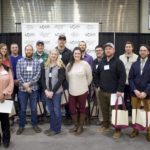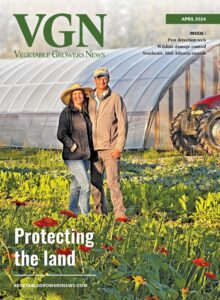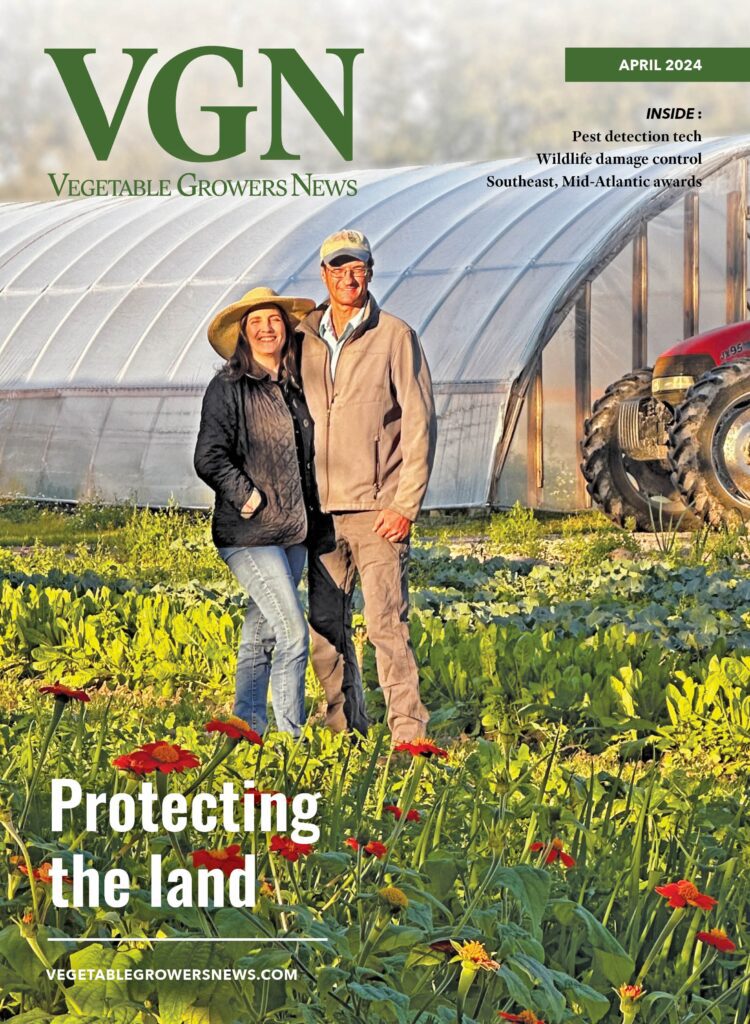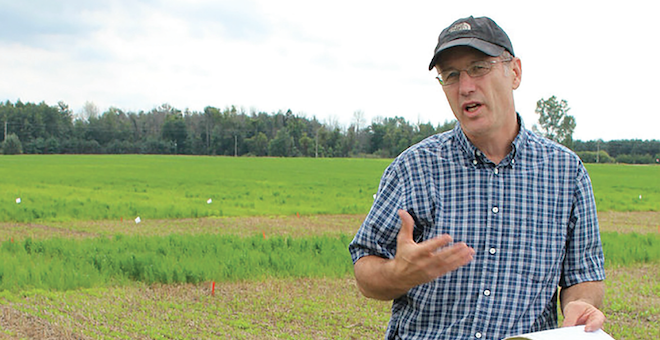

Mar 10, 2021Predicting, managing asparagus emergence helps growers
Asparagus pops up early and comes when it wants. What if late frosts are a worry? What if labor always arrives late? What if growers are hoping to hit an early market? Can growers influence asparagus emergence? Can emergence be predicted?
Solid answers are elusive but new research from Michigan State University (MSU) is shedding some light on what might be possible. Spear emergence can be predicted by soil temperature. It sounds simple, but it’s not.
Bud break below ground is when the plants break dormancy. The soil temperature at a depth of eight to 12 inches determines bud break. The spear growth rate is determined by the soil temperature in the top eight inches of the soil. Accurately predicting spear emergence may require monitoring degree days at both depths.
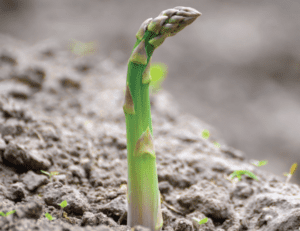

“It’s a simple model based on one soil depth,” said Dan Brainard, associate professor in MSU’s Horticulture Department. Brainard spoke recently on the asparagus research at the virtual Great Lakes Fruit Vegetable & Farm Market EXPO.
The simple model works reasonably well, but soil temperature varies by soil type, soil moisture and depth of the crown. Varieties also differ in their emergence. Ground cover affects emergence and that may be the one variable growers can influence.
MSU researchers have looked at a rye cover crop as a way to cool the soil and delay emergence. They’ve looked at plastic mulch as a way to warm the soil and accelerate emergence.
In one experiment, rye was seeded in the asparagus in the fall and killed at two different times in the spring – mid to late April and very early May.
Delaying rye termination lowered the peak soil temperature by one to three degrees Fahrenheit on warm days at a four-inch depth compared to early termination. The later-killed rye kept temperatures slightly lower than the earlier-killed rye. Both treatments delayed spear emergence by one to three days.
Fewer spears were exposed early under the later-killed rye than the earlier-killed rye although spear numbers were the same by late May. “Fewer spears were exposed during the crucial time for late frosts,” Brainard said. “The rye didn’t have a huge effect, but could save growers $100 to $200 per acre in the event of a late frost.”
In another experiment, six-mil clear plastic was used as the mulch to warm soils and accelerate spear emergence. The study compared rye chopped early, rye chopped early and then covered with clear plastic and rye chopped late.
The plastic increased growing degree days measured at an eight-inch depth and accelerated spear emergence by more than two weeks.
“Small growers may want to use plastic to accelerate emergence to tap the early market,” Brainard said.
The study results are preliminary but open some possibilities for asparagus growers who want to manage emergence. Brainard plans to repeat the plastic mulch experiment and to monitor soil temperatures in growers’ fields next season to further improve predictions of emergence timing.
— Dean Peterson, VGN correspondent





